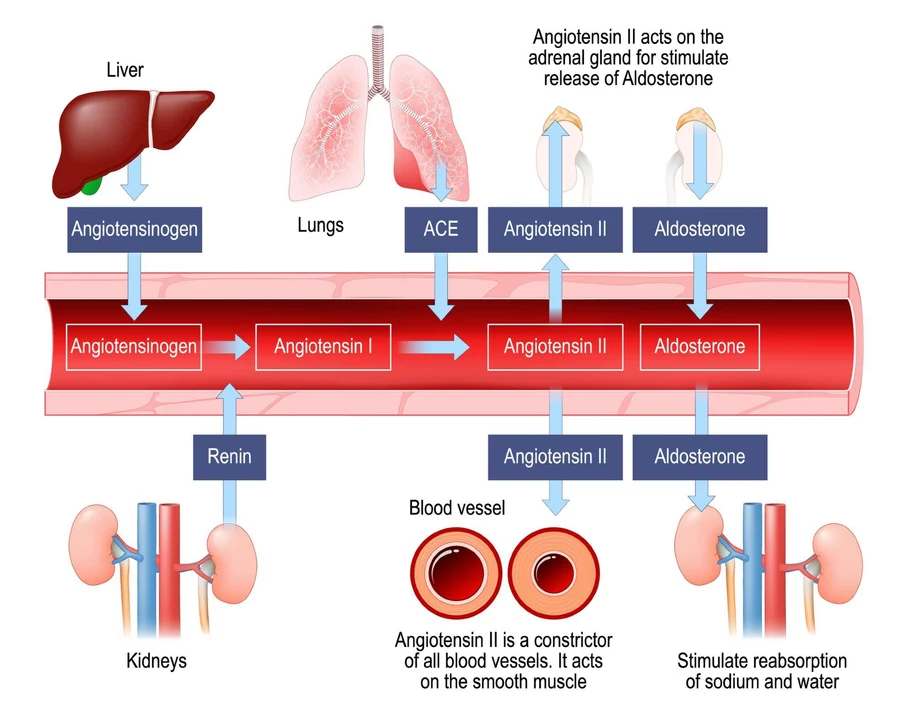Endothelial Function: What It Is and Why It Matters
Your endothelium is a thin lining inside blood vessels that controls blood flow, clotting, and inflammation. When it works well you get smooth blood flow and lower risk of heart attack, stroke, and organ damage. When it stops working — called endothelial dysfunction — blood vessels tighten, inflammation rises, and risk climbs. This page gives clear, practical steps you can use right away to protect or improve endothelial health.
What damages the endothelium?
High blood pressure, high blood sugar (diabetes), high LDL cholesterol, smoking, obesity, and chronic inflammation are the main offenders. Even sleep apnea and long-term stress can hurt the lining. Certain drugs and infections can add damage too. You don’t need symptoms to have dysfunction; often it develops silently until a bigger event happens.
How do doctors check this? Two common tests are flow-mediated dilation (FMD) and reactive hyperemia peripheral arterial tonometry (RH-PAT). Blood tests that hint at trouble include high CRP (inflammation), elevated asymmetric dimethylarginine (ADMA), and abnormal vWF or adhesion molecules. Routine checks like blood pressure, fasting glucose, and lipid panels catch many risks early.
How to improve endothelial function — practical steps
Start with lifestyle changes that actually move the needle. Aerobic exercise (30 minutes most days) and short high-intensity intervals both raise nitric oxide and often improve FMD within weeks. Quit smoking — it damages the endothelium directly and quickly. Lose weight if you’re overweight; modest weight loss lowers inflammation and improves vessel function.
Diet matters. Eat more vegetables, nuts, oily fish, and whole grains. Foods rich in dietary nitrates—like beetroot and leafy greens—boost nitric oxide and can lower blood pressure. Cut added sugar and refined carbs to reduce spikes in blood glucose that injure the lining. Limit excessive alcohol; small amounts may help, but heavy drinking worsens function.
Medications can help when lifestyle isn’t enough. Statins lower LDL and have direct endothelial benefits. ACE inhibitors and ARBs often improve vascular function beyond blood pressure control. For people with diabetes, tight glucose control (and some drugs like metformin or GLP‑1s, per your doctor) helps. Don’t start or stop meds without medical advice.
Supplements with some supporting evidence include L-arginine or L-citrulline (precursors to nitric oxide), omega-3 fish oil, and vitamin D if deficient. Beetroot juice and other nitrate-rich foods also work short-term. Always check interactions—supplements can interact with blood pressure meds and nitrates.
When to see a doctor? If you have chest pain, unexplained shortness of breath, leg pain when walking, or rapid rises in blood pressure, seek care. Ask your clinician about endothelial-related tests if you have diabetes, early heart disease, or persistent risk factors despite treatment.
Small, consistent changes add up. Move your body, clean up your diet, manage stress and sleep, and work with your doctor on meds and testing. Improving endothelial function lowers risk and helps you feel better every day.
How Telmisartan Improves Endothelial Function
In my latest blog post, I discussed the impressive benefits of Telmisartan in improving endothelial function. Telmisartan, an angiotensin II receptor blocker (ARB), has been shown to significantly enhance blood flow and circulation by reducing inflammation and oxidative stress. This, in turn, leads to better vascular health and overall cardiovascular function. Additionally, Telmisartan has the potential to lower blood pressure and prevent heart-related complications. It's crucial to consult with a healthcare professional before starting any treatment, but it's exciting to see the promising effects of Telmisartan on our body's vascular system.
© 2025. All rights reserved.

